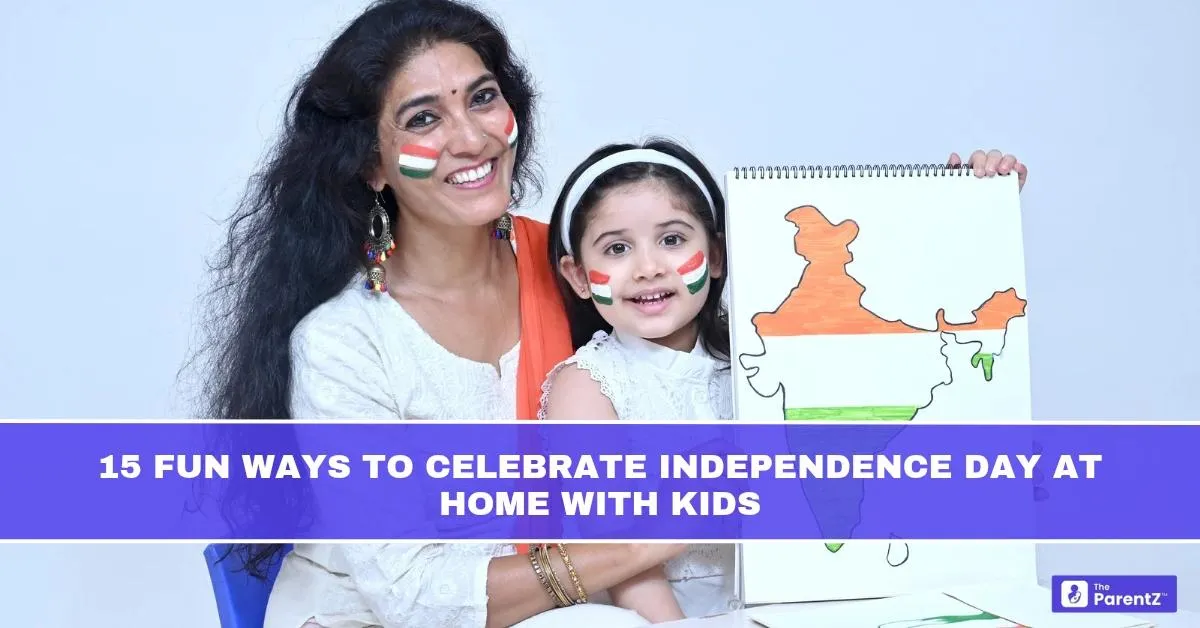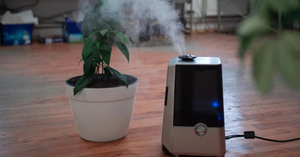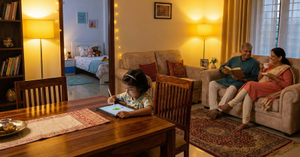Independence Day is a time to honour the country’s history and values while creating memories with family. For children, it is also a wonderful opportunity to learn about unity, responsibility, and pride in their heritage. Celebrating at home can be just as engaging as attending public events, especially when the day is filled with activities that are both fun and meaningful. With some creativity, parents can turn this national holiday into an educational and bonding experience.
1. Create a Tricolour Craft Station
Set up a table with coloured paper, paints, and safe crafting materials in saffron, white, and green. Children can make flags, badges, and greeting cards. This not only develops fine motor skills but also helps them understand the symbolism of the national colours.
2. Cook a Tricolour Meal Together
Invite children into the kitchen to prepare dishes featuring the three colours of the flag, such as saffron rice, cucumber raita, and spinach paratha. Cooking together teaches life skills and provides a sensory way to learn about the meaning of the flag.
3. Host a Family Story Hour
Share age-appropriate stories about freedom fighters and important events from the independence movement. Use books, videos, or even short plays acted out at home to make history feel alive and relevant.
4. Organise a Home Parade
Children can dress in traditional outfits or as historical figures and march around the house or garden. Play patriotic songs to create a joyful and spirited atmosphere.
5. Make DIY Decorations
Involve children in making paper buntings, lanterns, or table centrepieces in national colours. Decorating together creates excitement for the celebration and builds a sense of involvement.
6. Watch a Patriotic Film Together
Choose a family-friendly film that showcases the values of courage, unity, and respect for the nation. Discuss the story afterwards so children can connect the themes to real-life values.
7. Organise a Family Quiz
Prepare questions about the country’s history, geography, and culture. A friendly quiz encourages learning in a playful and interactive way.
8. Plant a Freedom Garden
Dedicate part of your garden or balcony to planting flowers or vegetables. Explain that just like plants need care to grow, freedom requires effort and responsibility to sustain.
9. Make a Time Capsule
Invite children to write letters to their future selves or include drawings of how they imagine the country will look in 10 years. Seal these items in a box to be opened together in the future.
10. Learn and Sing Patriotic Songs
Teach children simple patriotic songs and explain their meaning. Singing together fosters emotional connection to national pride.
11. Create a Mini Art Exhibition
Encourage children to make paintings, sketches, or collages about freedom and display them around the home. This allows them to express their understanding of independence through art.
12. Organise a Kindness Challenge
Give children a list of small acts of kindness to complete during the day, such as helping a sibling or making a thank-you card for a neighbour. This reinforces the idea that freedom comes with responsibility towards others.
13. Play Themed Games
Adapt simple games like treasure hunts or board games with Independence Day clues and questions. The combination of play and learning keeps children engaged.
14. Write a Family Pledge
Sit together and create a pledge about how the family will contribute to the community and care for the environment. This helps children see independence as a shared responsibility.
15. End the Day with Gratitude
Before bedtime, gather as a family to share one thing each person is grateful for about living in the country. This simple habit can deepen appreciation for the freedoms enjoyed today.
Conclusion
Independence Day at home can be both fun and educational when activities are chosen with a purpose. By blending creativity, history, and family bonding, parents can help children feel connected to the nation’s heritage while enjoying a joyful celebration. These shared experiences not only strengthen family ties but also instill in young minds the values of freedom, unity, and responsibility.









Be the first one to comment on this story.